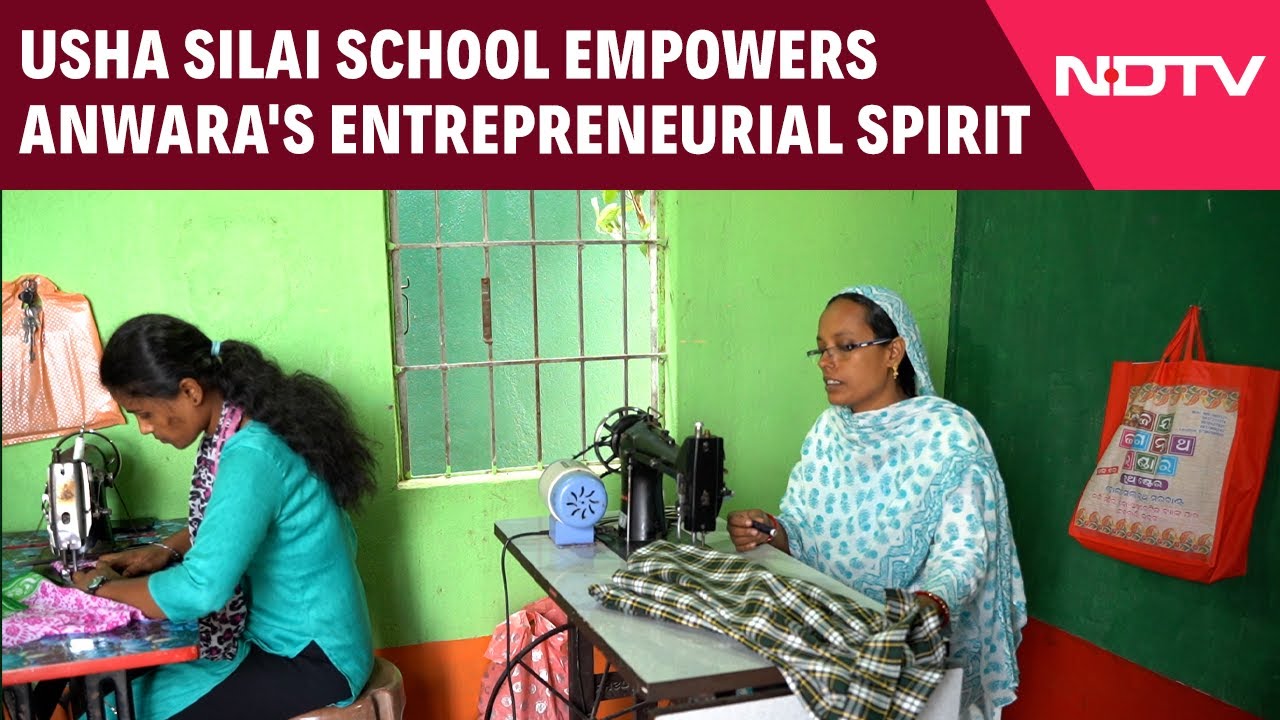home
videos
Shows
kushalta-ke-kadam
Dignity Of Labour: Manual Scavengers Of Madhya Pradesh's Mandsaur Turn Entrepreneurs
Dignity Of Labour: Manual Scavengers Of Madhya Pradesh's Mandsaur Turn Entrepreneurs
Manual scavenging entails cleaning sewers and clearing human excreta from open-pit toilets. It remains the burden of certain poor, disadvantaged communities, who have been bound to this debasing work due to the traditional caste system. It continues to exist despite being illegal, because large parts of India still use primitive 'insanitary latrines'. Over 12,000 manual scavengers have been identified across India, of them 82% are in Uttar Pradesh. Activists say, these official figures are under-stated. Gujarat, for instance, admits to having no more than two manual scavengers, according to government data. To date, Jan Sahas NGO has liberated 15,000 women manual scavengers from this unsafe profession, which is illegal under the Prohibition of Employment as Manual Scavengers and their Rehabilitation Act, 2013. Jan Sahas has joined hands with Usha International to rehabilitate the liberated women and provide them with an alternative means of livelihood. Like Bhagwanta Bai who has cleaned manholes and dry latrines for many years. But has now turned an entrepreneur. She has faced it all from social retaliation to boycott. Know more about the Kushalta Ke Kadam Initiative.
































